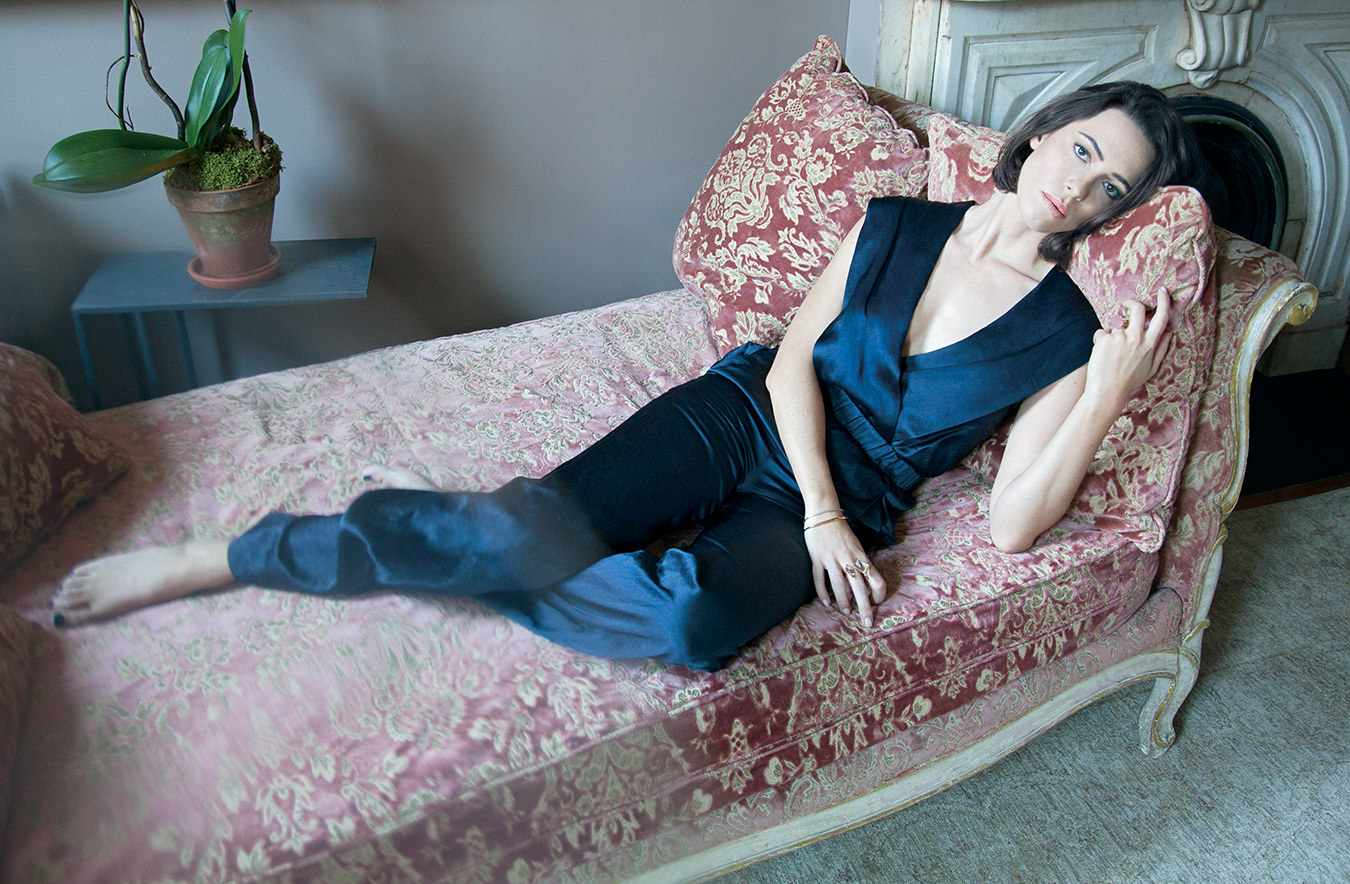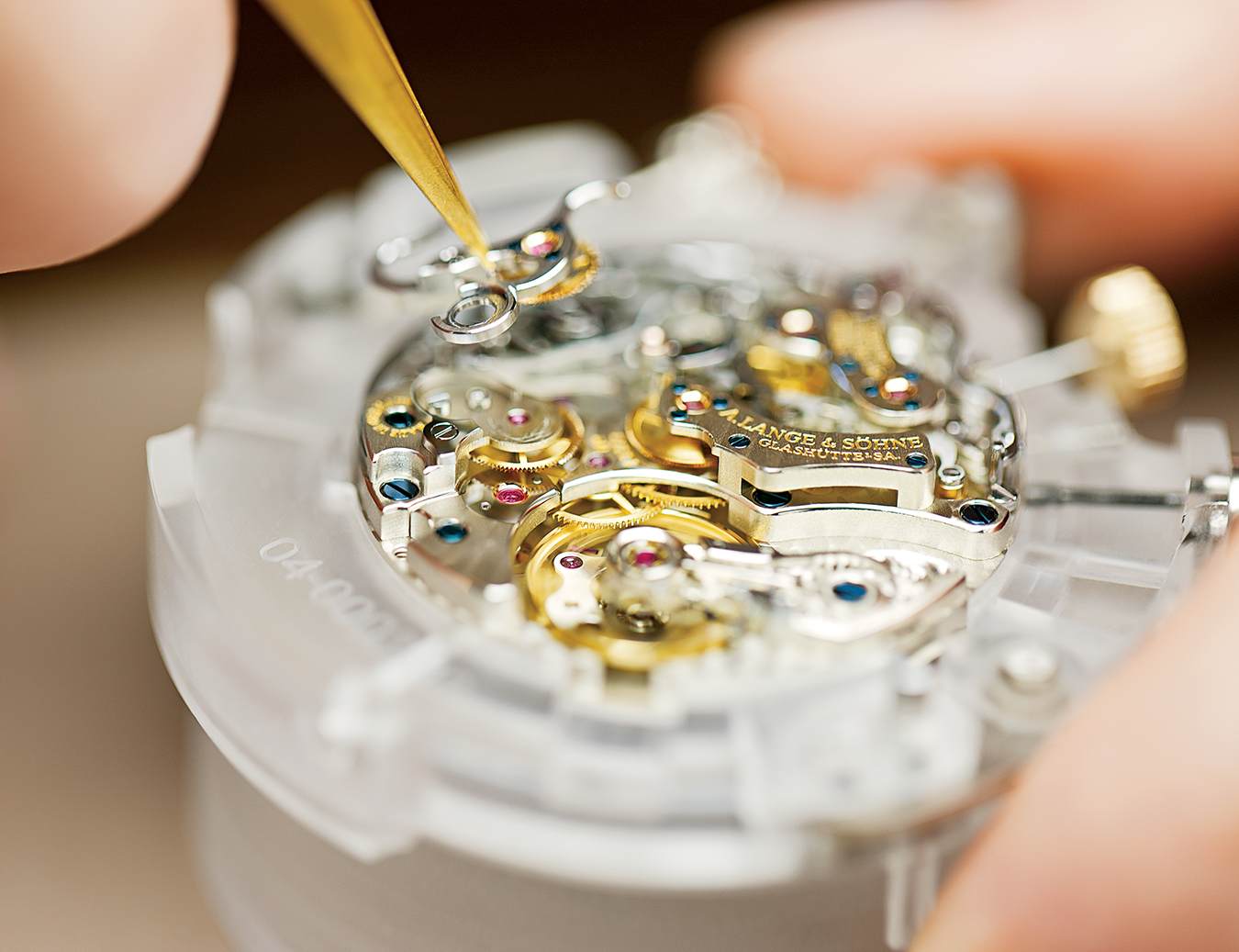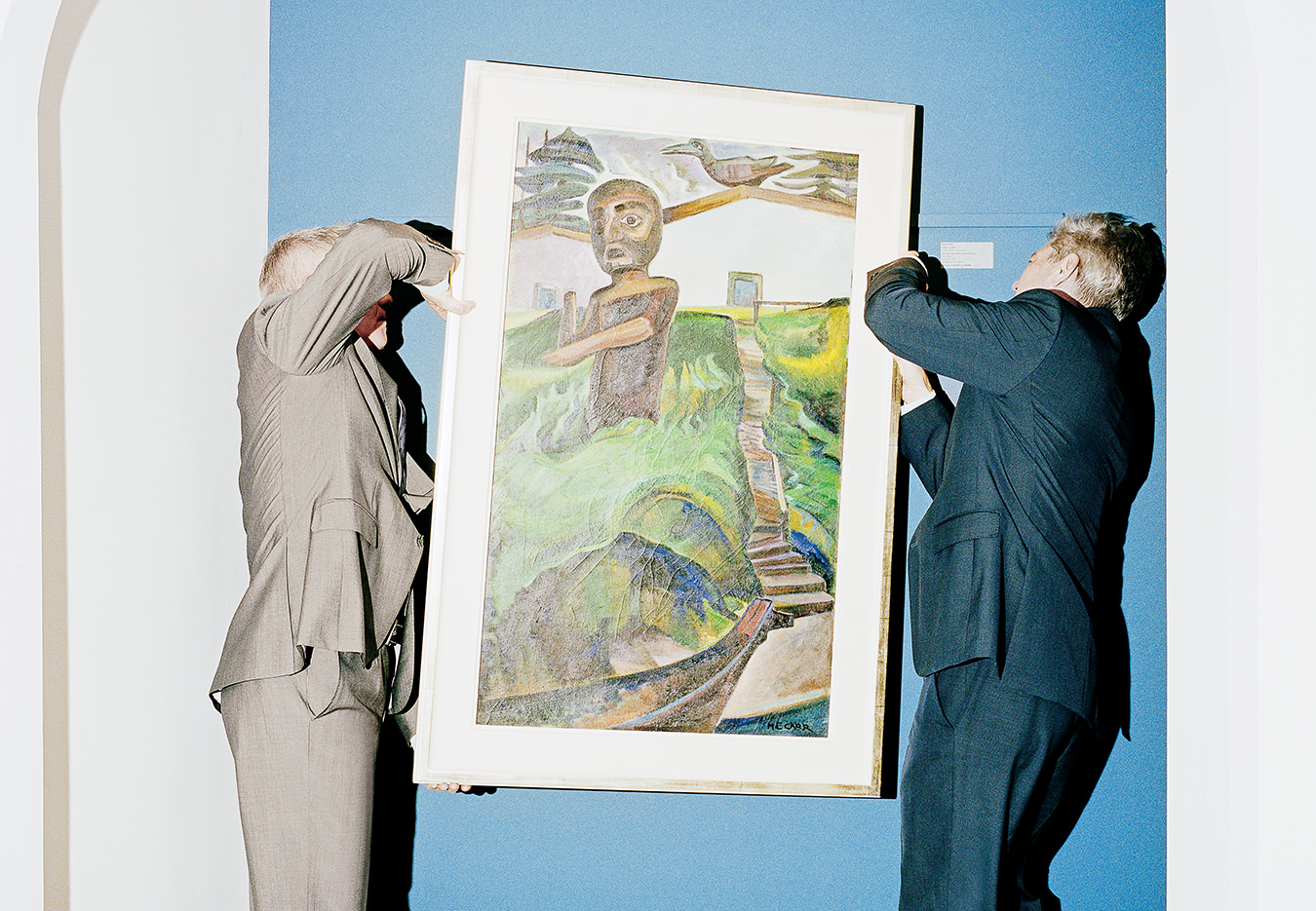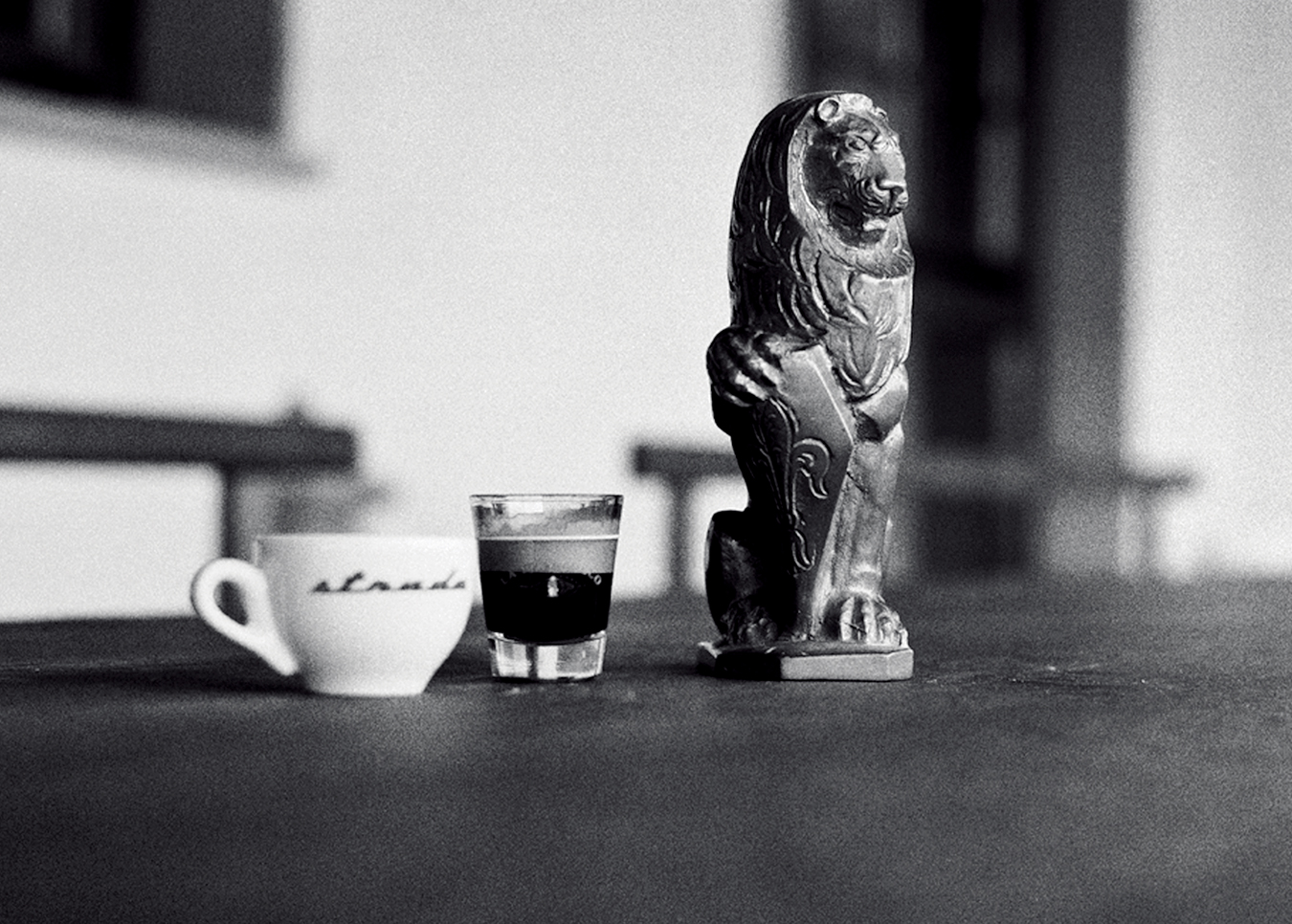-
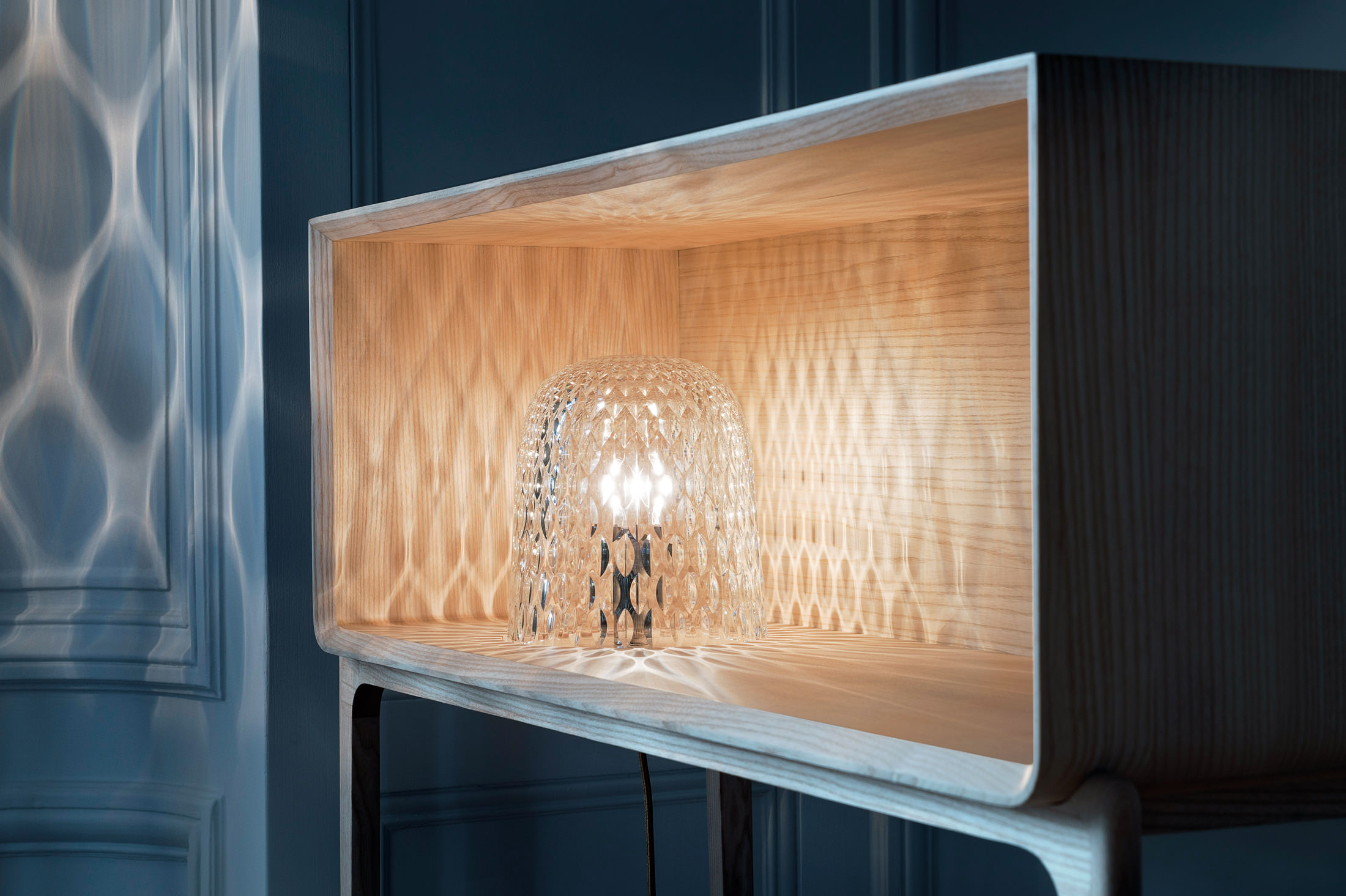
Folia is the most recent collection from Saint-Louis, France’s oldest and most venerable cristallerie (crystal works factory).
-
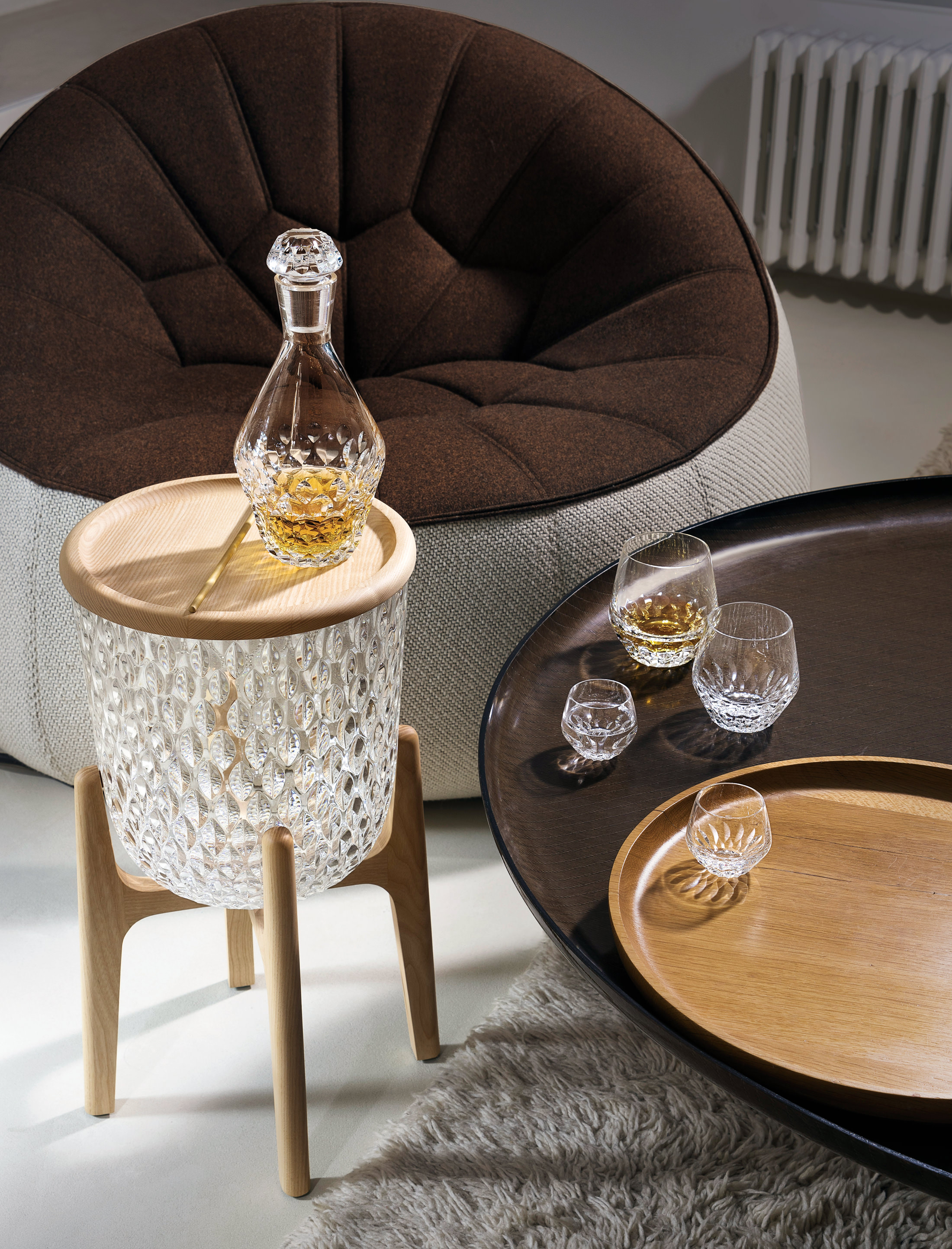
Folia, designed by Noé Duchaufour-Lawrance, is a 25-piece range that incorporates furniture made from crystal and wood.
-
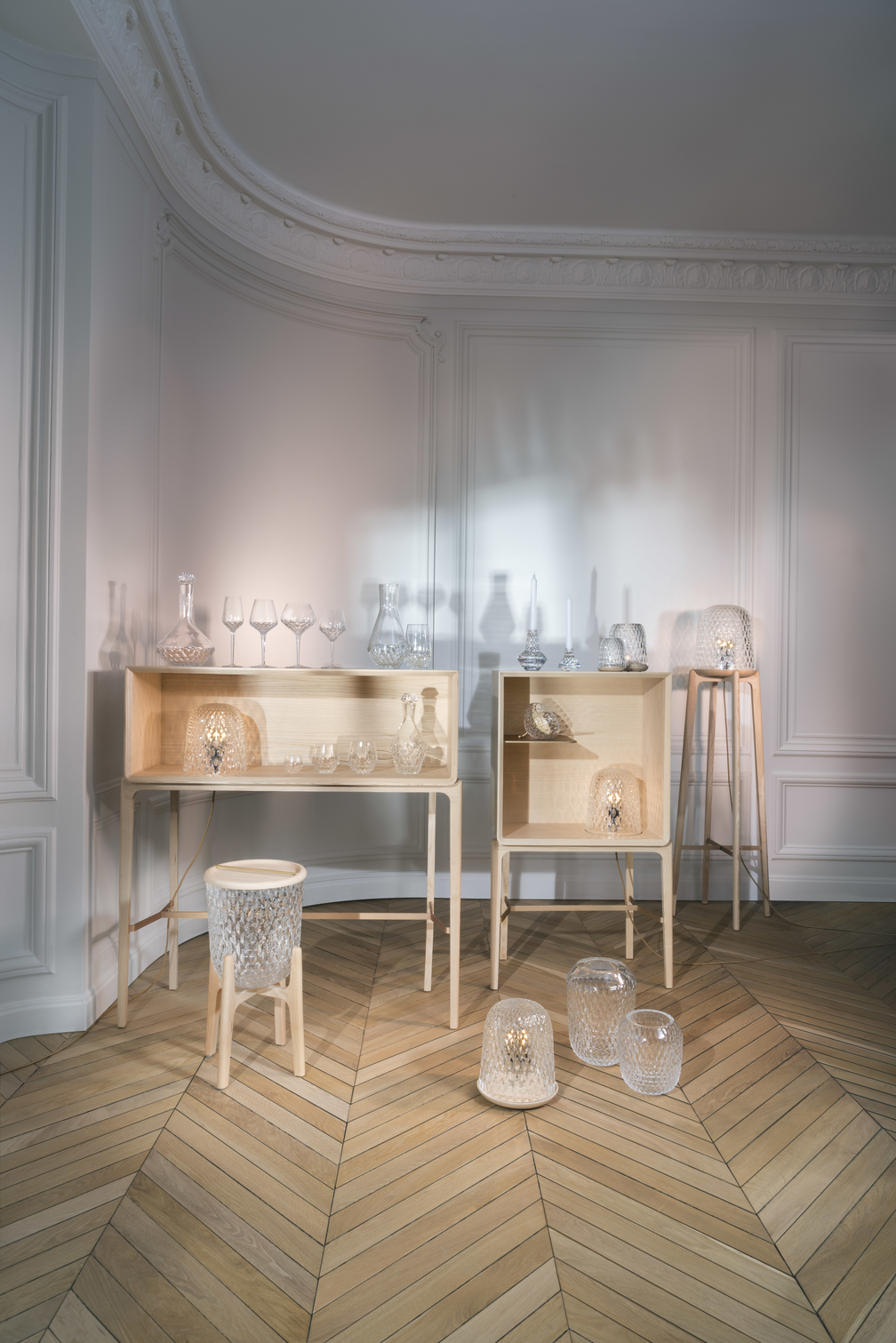
The inspiration behind Folia was the forest, evoked in the leaf-like design on every piece.
-
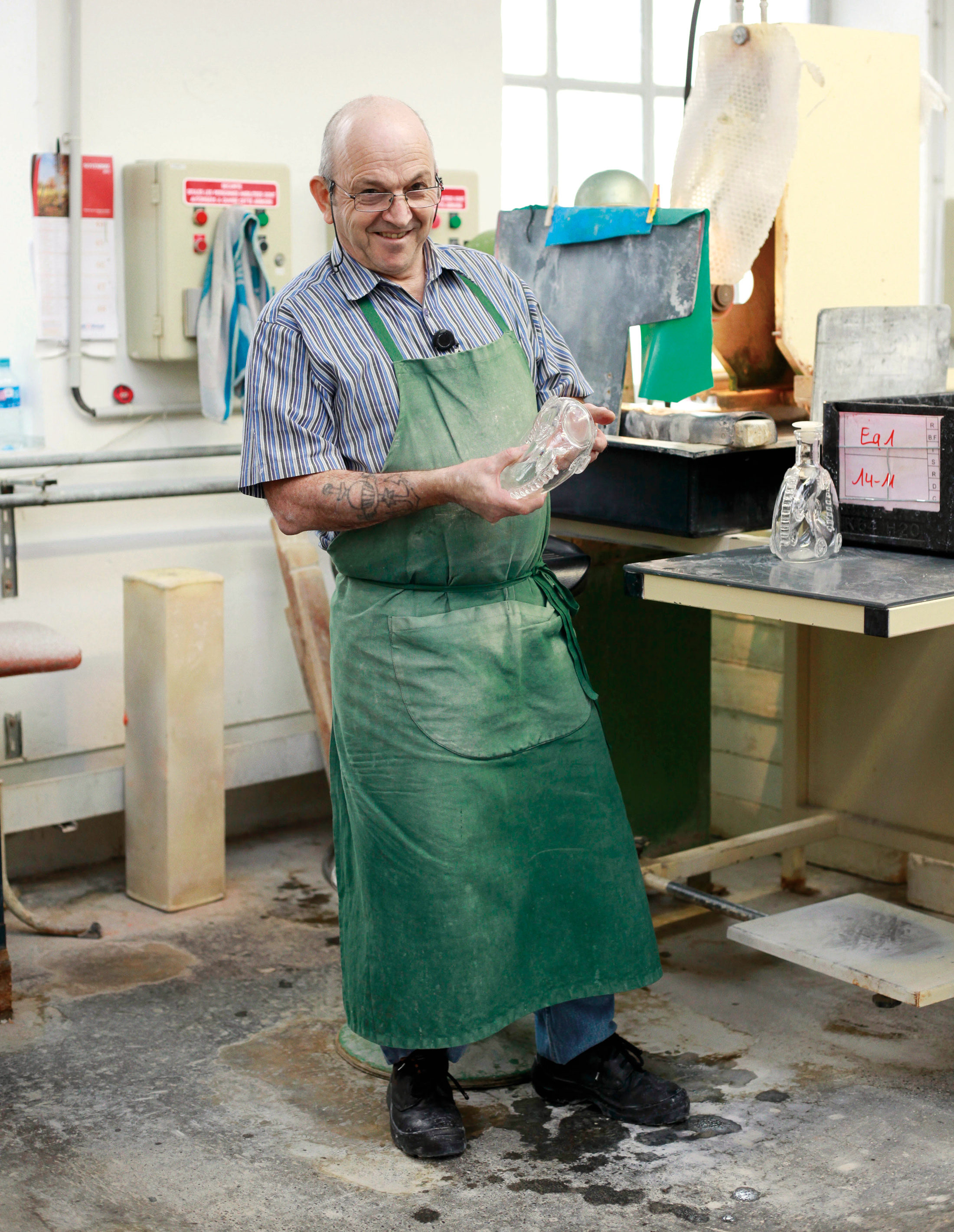
The Saint-Louis workshop was built in 1586 and is located in northeastern France. Today, 200 artisans repeat the gestures of their ancestors.
-

The fire burns continually at Saint-Louis, with the kilns in constant operation.
-

Saint-Louis is known for its intricate crystal-cutting techniques, and it is here in the cold area where master cutters hold an item up to a spinning wheel and expertly incise.
-
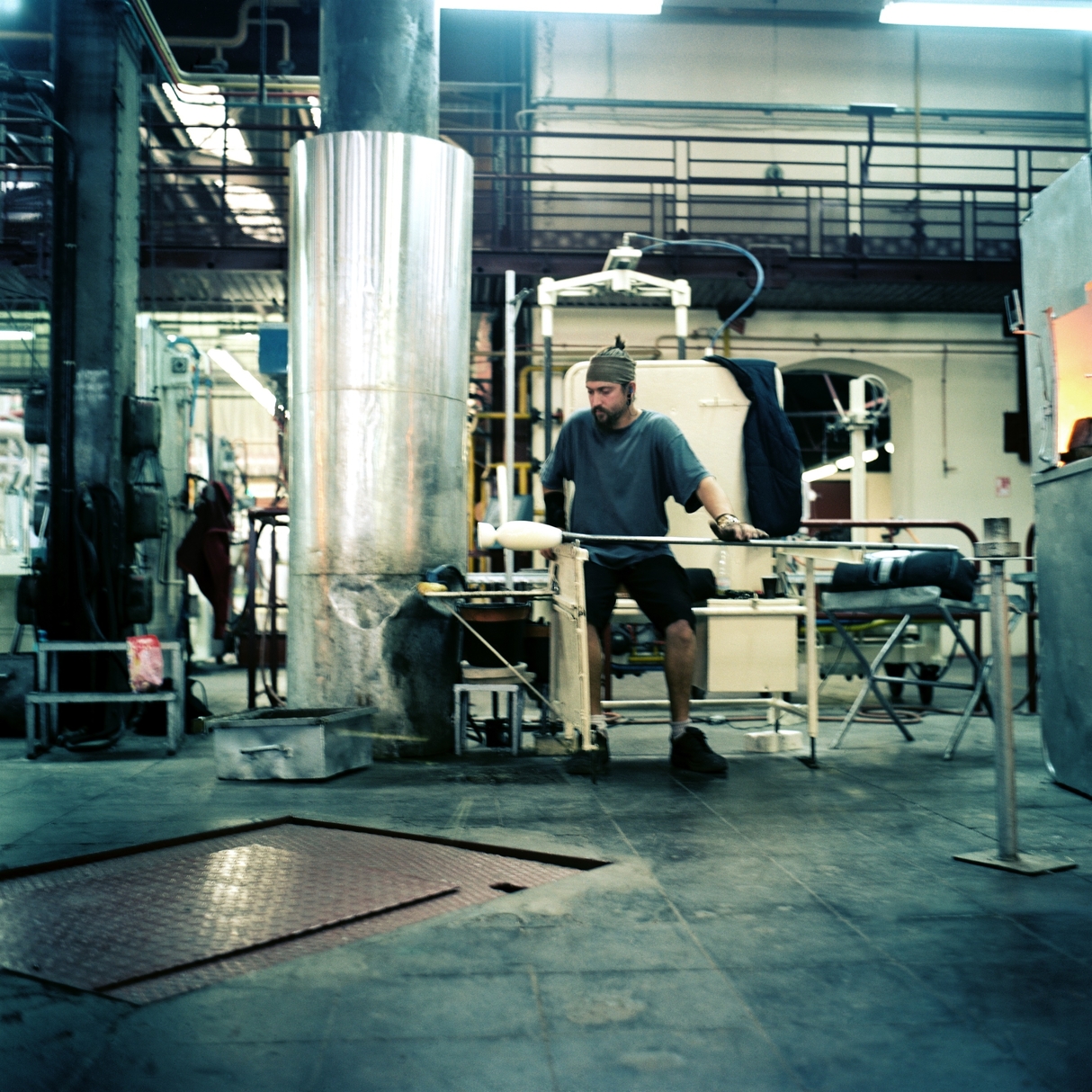
Several employees represent the seventh generation of their families to work in the cristallerie.
-
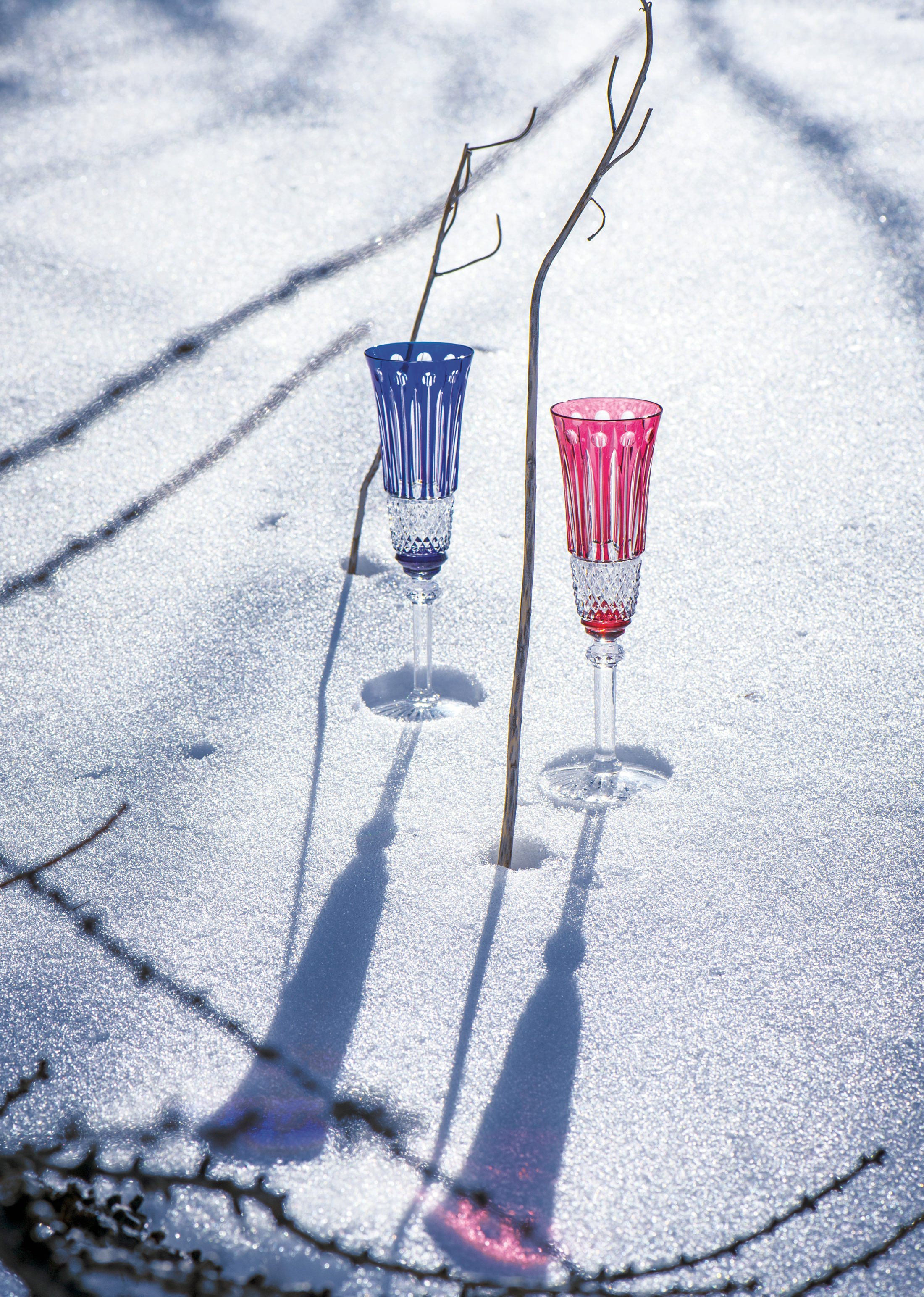
Tommy is one of the collections that is emblematic of Saint-Louis, with its starred feet, bevelled stems, and forms adorned with diamond cuts, ribbons, and beading. Here, champagne flutes from the collection.
-
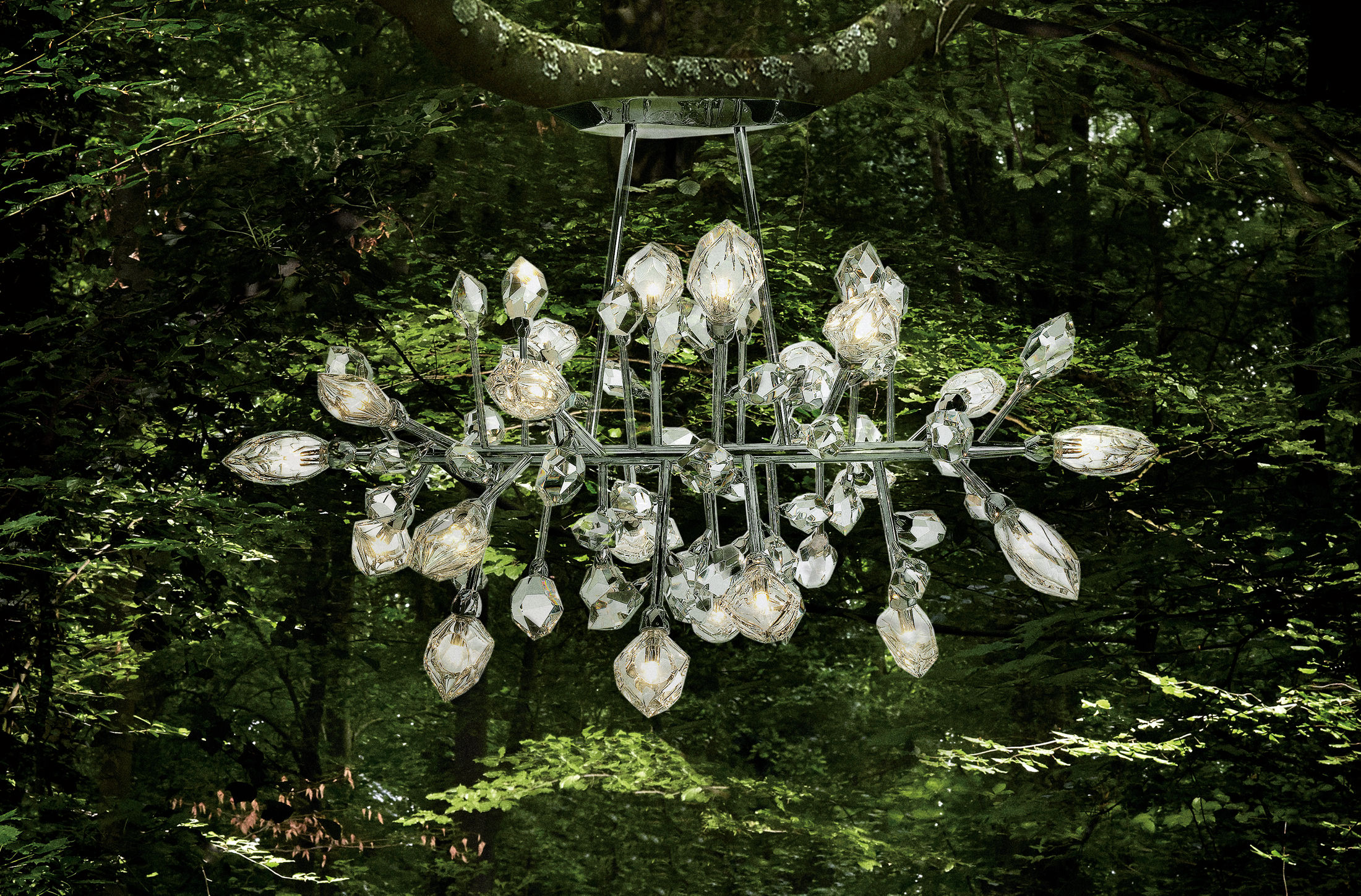
Saint-Louis produced its first crystal chandelier in 1837. Pictured here, the Excess Horizontal chandelier.
Saint-Louis Crystal
The oldest glass manufacturer in France.
“The forest is the origin of Saint-Louis,” says Jérôme de Lavergnolle, the company’s CEO. In 1586, when the workshop was built, the furnaces required a steady supply of wood to generate the intense temperatures that melt sand into glass. Water was—and is—equally crucial to glassmaking, and was piped in from surrounding streams to cool the pieces as glass cutters made their intricate incisions. The workshop also drew sand of ultra-fine grit from the forest floor. And it sourced potash—“required in the formula,” notes de Lavergnolle—from the forest’s ferns. Today, the furnaces are powered by natural gas and the potash is created in a lab, but Saint-Louis still draws much of its sand and water from the surrounding forest.
Not all crystal is created equal; Saint-Louis is one of its foremost creators.
For years, the workshop made glass in relative anonymity. Then in 1767, King Louis XV bestowed on it the prestigious name of Cristallerie royale de Saint-Louis. Soon, Saint-Louis crystal glasses were raised to the lips of the aristocracy and its multitiered chandeliers sparkled above the heads of the French nobility. (Chandeliers, initially created from wood in the Middle Ages and then Venetian glass during the Renaissance, were later realized in crystal, with Saint-Louis producing its first in 1837—a special commission from the royal court.) “In the 19th century, it was very important to have crystal,” explains de Lavergnolle. “No one could imagine to dress a table without crystal.”
Saint-Louis crystal vibrates with all the talent it has inherited over the centuries. Today, 200 artisans repeat the gestures of their ancestors, who in 1781 discovered the magic formula of crystal: adding lead to the composition of glass making Saint-Louis the very first crystal manufacturer of continental Europe. Several employees represent the seventh generation of their families to work in the cristallerie.
The fire burns continuously at Saint-Louis, with the kilns in constant operation. Working in small groups, the glassmakers are like fire dancers who are wordlessly in sync with each other, blowing, cutting, trimming, and moulding as the piece takes shape before it is left to cool. Afterward, the works are sent to the factory’s cold area, where cutting, engraving, gilding, and polishing take place. Saint-Louis is known for its intricate crystal-cutting techniques, and it is here in the cold area where master cutters hold an item up to a spinning wheel and expertly incise. “You learn the métier by watching and repeating,” says de Lavergnolle. “To be really good at your job, you need at least 10 years. You need to breathe the atmosphere.” Tommy is one of the collections that is emblematic of Saint-Louis, with its starred feet, bevelled stems, and forms adorned with diamond cuts, ribbons, and beading. The Thistle collection is meticulously detailed, with filigree of 24-karat gold. Over the years, the tools in the factory have changed very little—not even when Hermès acquired the brand in 1989. Still, despite the company’s reverence for the past, it isn’t trapped behind glass. “We have a very big respect for our history,” says de Lavergnolle. “We use that history to live in the future.”
“We have a very big respect for our history,” says de Lavergnolle. “We use that history to live in the future.”
Tableware makes up a significant portion of Saint-Louis’ output, but de Lavergnolle underscores the need to be cross-disciplinary. “Today, you cannot limit yourself to just one offering. We must offer a full range.” Saint-Louis’ most recent collection, Folia, designed by Noé Duchaufour-Lawrance, is a 25-piece range that moves from the manufacturer’s historical offerings of tableware, vases, candlesticks, and lighting into a new dimension with furniture that incorporates crystal and wood. The inspiration? The forest, evoked in the leaf-like design on every piece.
Each piece of Saint-Louis crystal has a story. “The best way to speak about our product is to see how it is made,” asserts de Lavergnolle. “The key is to visit the factory” to get a glimpse of the impressive craftsmanship that goes into the 300,000 creations developed each year. A rendezvous chez Saint-Louis begins in the museum, La Grande Place. Built over a stone pit that once contained a furnace, the museum cradles 2,000 pieces of crystal history. A monumental chandelier of 120 lights weighing 600 kilograms is suspended above the pit of the extinguished oven. On a guided appointment at Saint-Louis, you visit the hot workshop, the cold workshop, the decorating workshop, and even the paperweight workshop. (Saint-Louis began producing paperweights in the 1840s, mastering the intricate millefiori technique. The paperweight is a flagship of Saint-Louis, produced in limited edition.)
There is little that can compare with the refined beauty and tactile nature of the handcrafted. As the world moves forward, Saint-Louis maintains a steady heat. Not all crystal is created equal; Saint-Louis is one of its foremost creators.
Photos courtesy of Saint-Louis.
_________
Never miss a story. Sign up for NUVO’s weekly newsletter.

